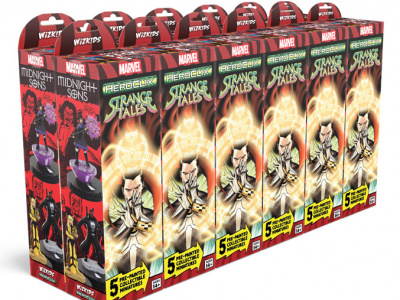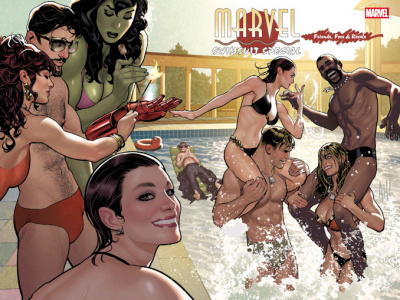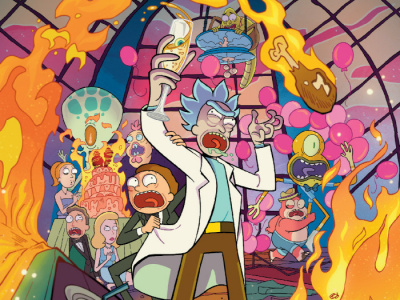A recent New York Times business section article took up the task of finding the common elements in the news that FAO Schwartz is nearing bankruptcy (see 'FAO Schwartz Teeters on the Brink of Bankruptcy'), and earnings warnings from Blockbuster, Best Buy, and Circuit City. The article notes that a common factor between all of these events was the encroachment of Wal-Mart into product categories (toys, DVDs, and electronics) that had previously been primarily handled by specialty retail chains. Wal-Mart's price competition in those categories, as it has been in so many others, has proven hard to beat. And even selection, which has always been an area where specialty retailers are expected to do better, is helped by Wal-Mart's buying power and unsurpassed inventory management systems -- we observed better inventory levels on a number of key toy lines in Wal-Mart than in a nearby Toys R Us the weekend before Christmas.
And service is also not differentiating other retailers from Wal-Mart to as great a degree as it did in the past. The NY Times article included an interview with Claes Fornell, a business professor from the University of Michigan and chairman of CFO Group, a consulting firm on consumer satisfaction. He noted that consumer satisfaction data indicates that retail chains are getting closer and closer together in terms of customer service; when you factor in things like parking, convenience, and selection, Wal-Mart's scores are not that much different than more specialized competitors.
If the Wal-Mart hegemony is making it ever more difficult for specialty retail chains to be successful in categories that Wal-Mart handles, what does this portend for even smaller pop culture retailers? The news may be better there. First, pop culture stores can emphasize products that Wal-Mart doesn't have and play off that uniqueness, at least until the product lines get big enough for Wal-Mart to play in them. And even though specialty chains are working hard to find product lines that Wal-Mart doesn't have (for example the increasing presence of anime and manga in video and book chains), competition from that quarter is unlikely to be based on price to the degree that competition from Wal-Mart is.
And second, pop culture stores can have an advantage in the quality of employees and the resultant customer relationships. While Fornell notes that specialty retailers trying to compete with Wal-Mart won't be able to pay enough to attract high quality employees because of the crushing impact on margins of Wal-Mart pricing, we note that pop culture stores can manage better margins because of unique products and also have the advantage of having people passionate about the products in their stores. Selling cool stuff is viewed as a perk by a substantial percentage of employees, and that's an additional factor than can help attract high quality employees that can share their passion with shoppers. And in operations where the owner is also present on the selling floor that factor is probably even more important.







